I currently ride a bike to work every day, although I now live in the suburbs and am only about five minutes down a wooded path from the place where I am employed. It’s not exactly Stuart Street in Boston at 4:00 p.m.
When I lived and worked in the city I rode a bike to work regularly traveling from the North End to Copley Square and back. In recent years, Boston has been trying to implement an urban plan to encourage bike riding that looks good on paper but might not necessarily play well from a practical standpoint. Everyone seems to have an opinion on the issue including mayoral candidate, Josh Kraft, who recently declared that he aims to “pause all bike lane construction” if elected.
The idea of riding a bike in the city is not new. Bikes have always been common in Boston (no pun intended). I bought my first city bike following the direction of a fellow worker who rode a weathered Mongoose Hilltopper to work every day in 1990. Per his advice, I went to Community Bikes on Tremont Street intending to buy a similar Mongoose Hilltopper, but because there wasn’t one available I ended up buying a heavier Mongoose Switchback instead. This bike served my needs in the city for years and beyond, although in retrospect I wish that I had held out for the Hilltopper. The Switchback was durable and resilient, and it would roll right into my street level apartment in the North End when I got home.
I rode everywhere in the city for a period of time, and that included going back and forth to work. There were two primary ways to get to the hotel where I worked in Copley Square from my North End neighborhood. The most direct way was to head through Downtown Crossing, cut across Boston Common and the Public Garden, and then ride up though Back Bay before entering busy Copley Square. The other option was to ride along Causeway Street by the old Boston Garden, cut through Charles River Park up to the Massachusetts General Hospital area, cross over Storrow Drive using the overpass while casually laughing at the stopped traffic below, speed along the paths by the Charles River to either the Arthur Fiedler Bridge or the Dartmouth Street overpass and head into Back Bay being careful to use as many alleys as possible before arriving in Copley Square. If it sounds a bit challenging, it was. And things are no different for cyclists today despite the existence of bike lanes that are now all over the city.
Boston’s attempt to make the city more accessible to cyclists has, to some degree, made getting around even more difficult.
Boston’s Chief of Streets, Jascha Franklin-Hodge, talked last spring about making bike safety a priority in an interview with WCVB. “Sometimes we lose a parking space or two, or we have to make some changes to the street,” said Franklin-Hodge. Nonchalantly claiming that Boston might be losing a parking space or two is like Red Sox owner John Henry telling the public that another ticket price increase at Fenway Park is only a need for Sox fans to spend a few more dollars. “Ultimately, we’re always doing it thoughtfully, and we’re always doing it with the intention of trying to make a street that works well for everyone,” according to Franklin-Hodge. As a one time resident of Boston’s crowded North End, there is nothing thoughtful about taking parking spaces away from Boston residents. Boston has a massive deficit of parking, sometimes making the ordeal of trying to park the car more time consuming than the trip for which you may have left the city in the first place. “On Valentine’s Day my wife and I went to one of our favorite restaurants,” commenter frank1399 said recently in the Boston Globe. “With all the parking spots removed on both sides of the road, we were able to find a spot about a third of a mile away. As we walked in the cold on icy sidewalks, we both said, ‘We’re never coming back here again.’ The bike lanes are going to kill businesses.”
The changes have been dramatic, particularly if you find yourself stuck in traffic on Cambridge Street or if you happen to be looking for a place to park in Back Bay. Streets that once had two lanes are now reduced to one, and I doubt that any driver stuck in traffic is making plans to end their frustration by purchasing a bicycle while they are sitting angrily behind the wheel. To some, the city’s plan has been politically idealistic. “It would be nice to have rights of way for pedestrians, vehicles, and transit. But Boston does not. A city can only move so much traffic through what we have, poorly designed roadways,” according to a comment in the Boston Globe. Attempting to get around a series of plastic vertical markers positioned to protect bike lanes makes navigating Boston’s streets almost impossible, and “bus stops are inaccessible. We can’t keep shoving more stuff on these roads without a comprehensive transportation plan.”
The theory is that providing safe paths for biking will eventually draw people away from their vehicles, in turn helping the problem with traffic and also help to stave off long term climate change. But the redesign of the roads can be difficult to decipher. Some argue that Boston’s old roads were not originally created with such a plan in mind and there is just not enough room to implement bike lanes. The city of Boston, and “especially the downtown area is simply not designed for safe cycling,” says commenter Heliskier in the Globe. “Painting a stripe across one lane is not going to change that.” Critics label it political theater, making the urban environment appear to be working while coupled with costly solutions that create even more inner city congestion.
There are contributing factors involved. Vivian Ortiz, a Boston transportation official, believes that city residents would like to be able to ride to work, but they don’t want to have to ride on the streets. Boston’s existing space might not allow for this. The city currently has a rule prohibiting cars from stopping in bike lanes, but with many roads now reduced to just one lane this means traffic is completely blocked if a driver needs to pull over to drop off or pick up a passenger, not to mention an entirely new culture of rideshare operators whose lack of road etiquette makes me long for the comparatively polite cab drivers that once dominated Boston’s landscape. Is it that much of an inconvenience for someone to slowly ride a bike around a vehicle that has to be pulled over temporarily? Parking spaces that were once conveniently positioned along the sides of streets are now taking up an entire lane in the center of roads in order to create bike lanes on either side. It is difficult to tell where meters signify there is a parking space as they are now positioned several yards away from each vehicle, not to mention the danger that the open spaces on each side of Boston’s busiest roads create when taking into account the recent terrorist attack in New Orleans. Innocent people were killed when a driver rammed a pickup truck into a crowd during a New Year’s celebration on Bourbon Street. The FBI and the Department of Homeland Security were quick to issue concerns following the incident specifically warning of “copycat or retaliatory attacks due to the persistent appeal of vehicle ramming as a tactic for aspiring violent extremist attackers.” Just another thing to keep in mind while walking around the city.
Boston is cold for much of the year, and it is certainly not a city that could be promoted as a good location for year-round biking. Truth be told, the lack of cyclists using the available bike lanes during the winter, fall, and spring months clearly illuminate this factor. Most bike lanes remain unused during the winter months. “Bike lanes are not so popular from November to April, but traffic congestion remains clogged year-round while the bike lanes remain open,” says Globe commenter fatjesus. “What’s wrong with this situation?” Common sense might dictate using bike lanes that are empty during winter months for automobiles in an effort to reduce traffic.
Some think that alternative vehicles using the bike lanes cause even more of an issue. “E-bikes and scooters are a huge problem due to their speed and their weight. There really needs to be a third classification for managing this new class of vehicles,” says commenter JamesCarrArchitect in the Globe. The development of bike lanes has further encouraged the use of electric bikes, creating a false sense of security putting pedestrians at risk from e-bikes now moving significantly faster than a normal bike is able to go. One cyclist who has been riding into Government Center for decades claims that even with bike lanes he now feels much less safe. “There are more bicyclists and more cars traveling on the same infrastructure,” says Globe commenter KnightoftheKeyboard. “E-bikes make collisions more dangerous. I rarely feel safer in a bike lane. I would much rather be in the traffic lane, where cars can see me and pay attention to me.” The growing number of rental bikes in the city such as those provided by Blue Bikes means that many riders who are untrained are attempting to ride in what are already challenging city conditions, sometimes while using earbuds or accessing their phones, putting themselves and those around them in increasingly dangerous situations.
Anyone walking or driving around the city of Boston has surely noticed a growing number of delivery drivers using mopeds, racing around the city in bike lanes riding what are essentially motorcycles. Mopeds, motorized scooters, and electric bikes should remain out of the bike lanes, in my opinion. “You have scooters going 50 m.p.h. in the bike lane, weaving in and out of protected lanes,” according to one Boston commuter. Pedestrians now must avoid e-bikes, scooters, and also mopeds that are sometimes moving quickly between the bike lanes and the sidewalks, usually at high rates of speed.
The beauty of biking is its freedom and simplicity, the ability to get around the city without having to deal with heavy traffic, potential detours, and parking. But clogging Boston with bike lanes is not going to magically transform the measure of transportation safety or traffic efficiency in the city. Riding a bike was always more economical and, at least in the case of being a Boston resident, a quicker way to get around town. But riding a bike is also a more dangerous method of transportation. You must anticipate the movement of every car, pedestrian and fellow bike rider, taking every traffic sign or signal into consideration.
Adopting a bike culture is an admirable direction for Boston to take in the long term, but that change should be organic rather than the steady diet of inconvenience that the city has been forcing down the throats of its residents the past few years.
And if you do discover that you are stuck in traffic on Storrow Drive watching bike riders moving freely along the Charles River or scooting across the overpass bridges, you may very well find yourself praying to fatjesus.
In an attempt to help expand my Substack audience:
If you like my articles, please do hit the “LIKE” button. It will help to let me know that you are enjoying my writing.
I welcome and invite you to COMMENT.
And please SHARE these posts. This gives added support to my Substack page and also helps to add new readers.
Thanks so much to anyone who is reading Journeys with Jay!

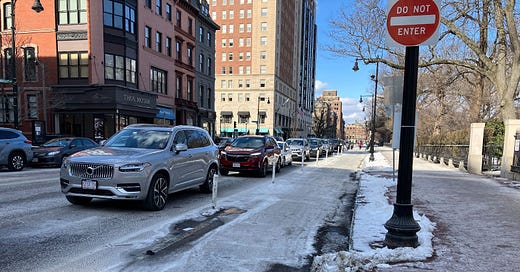




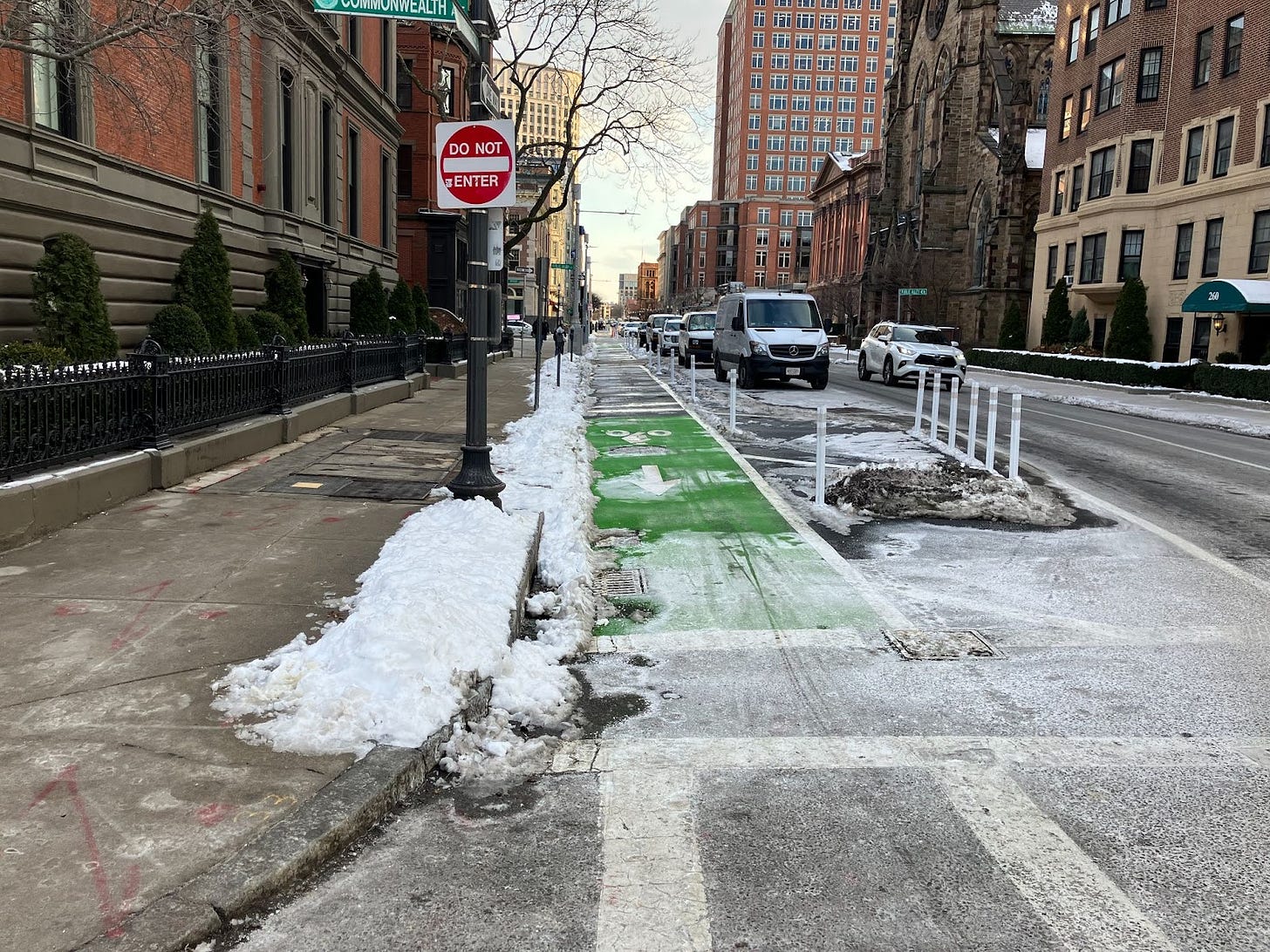
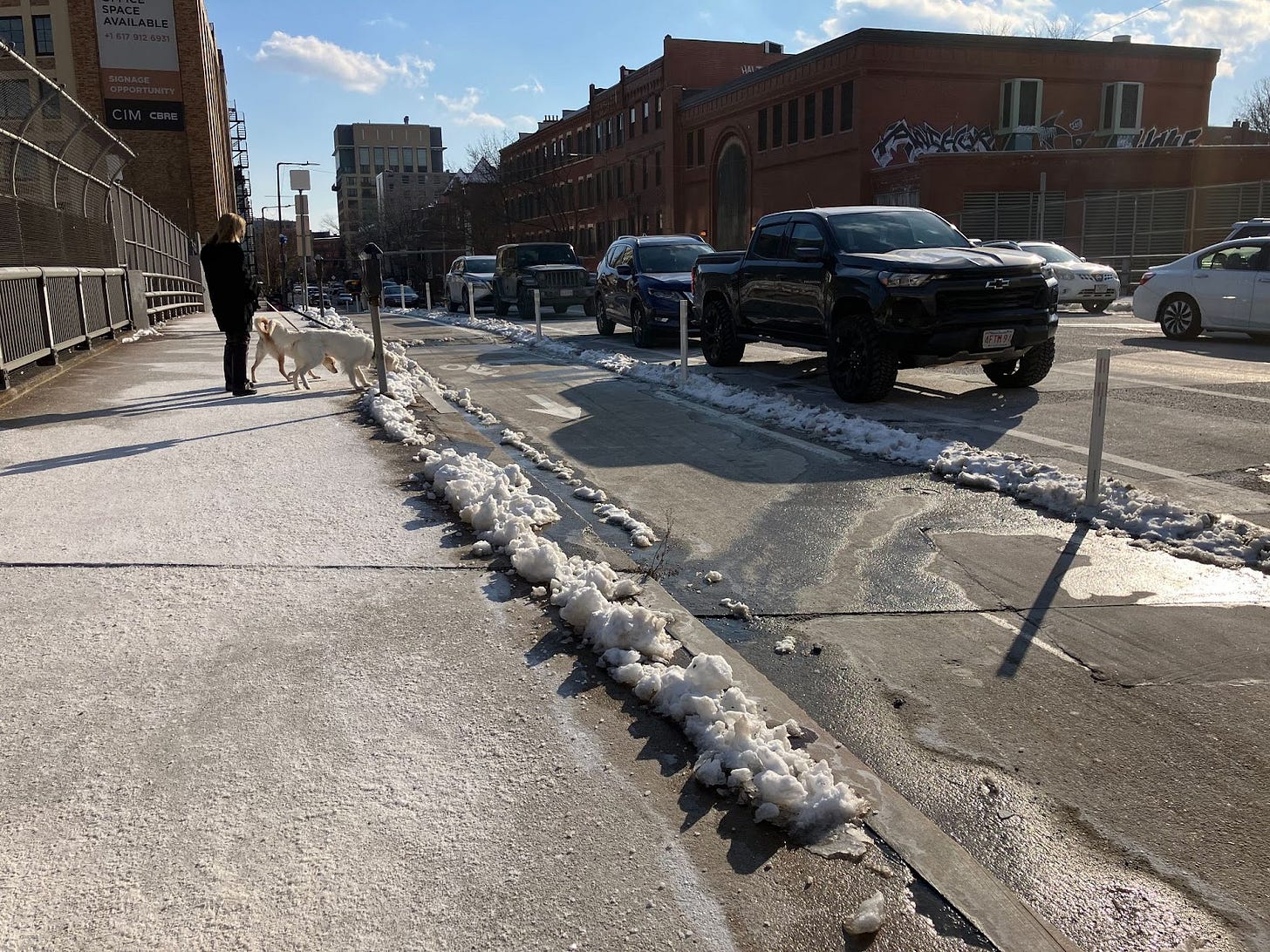
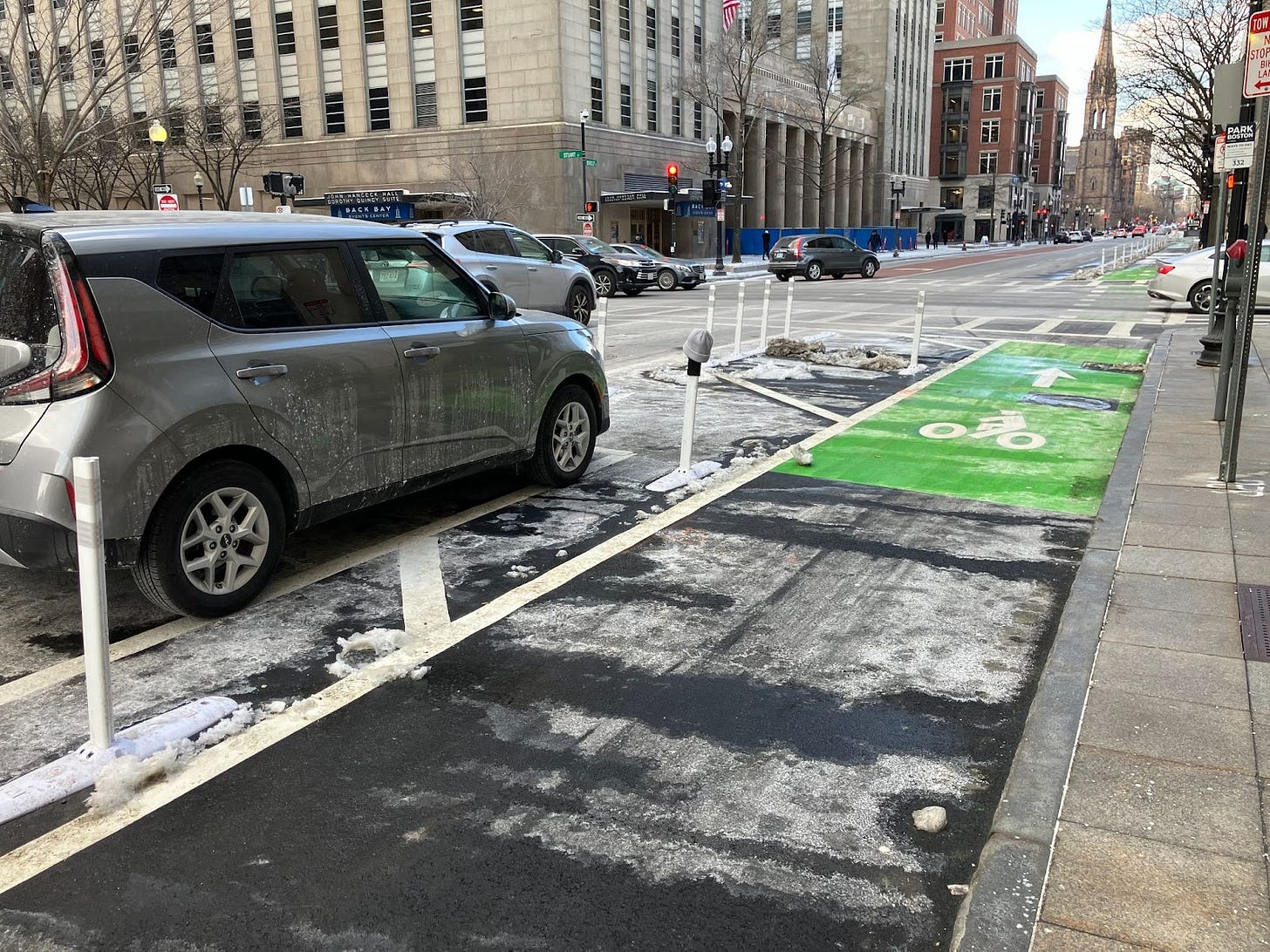
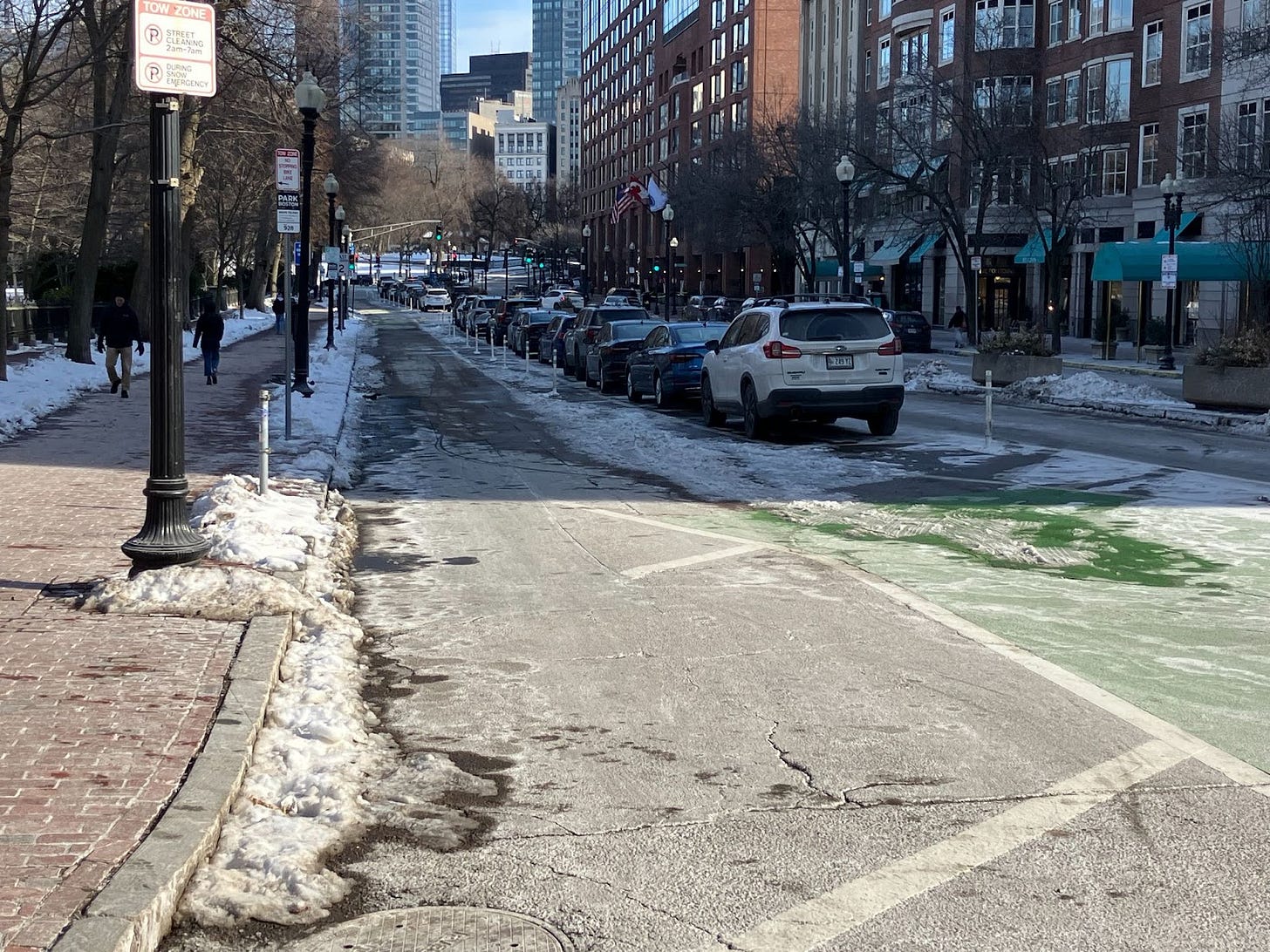
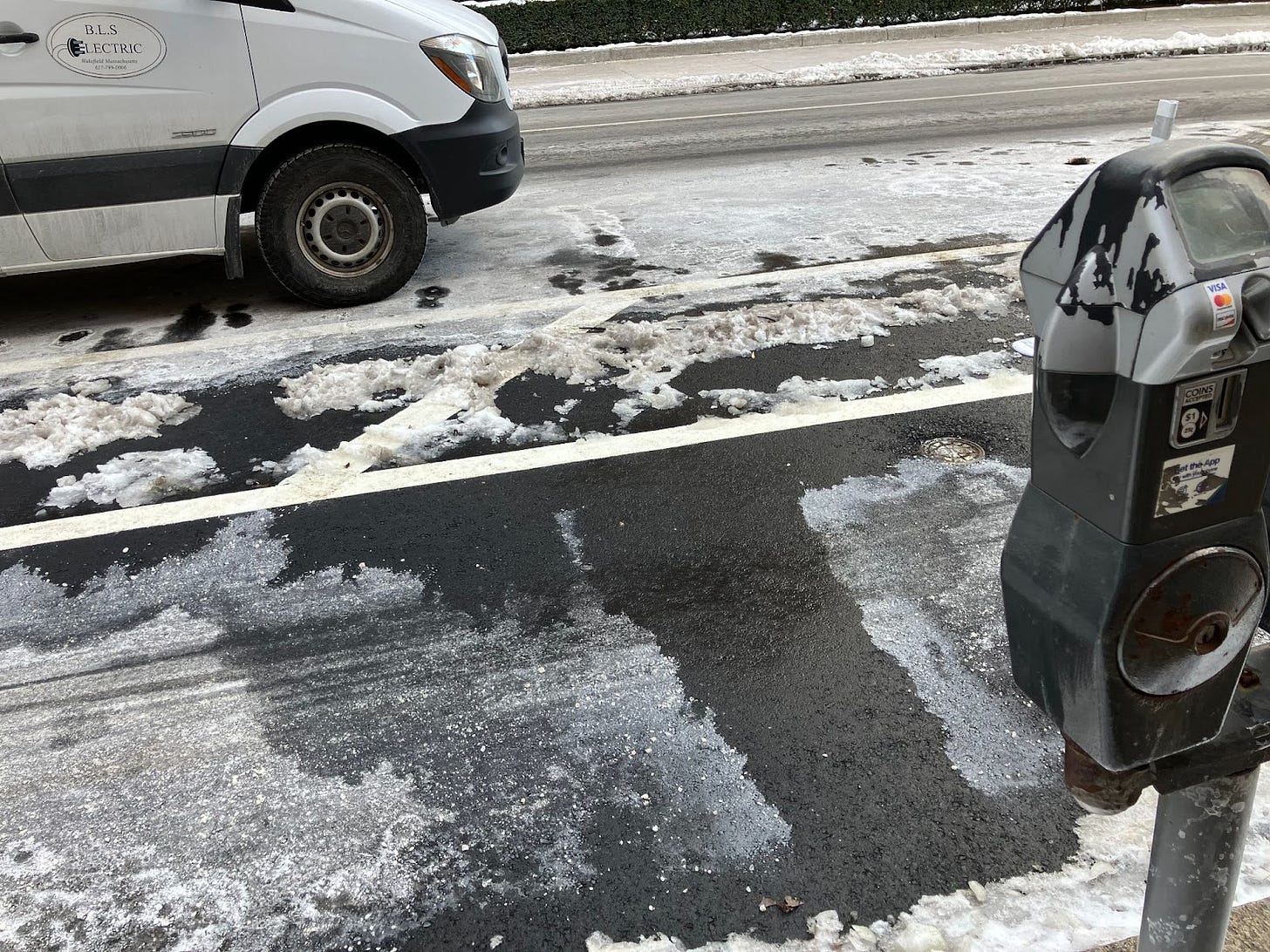
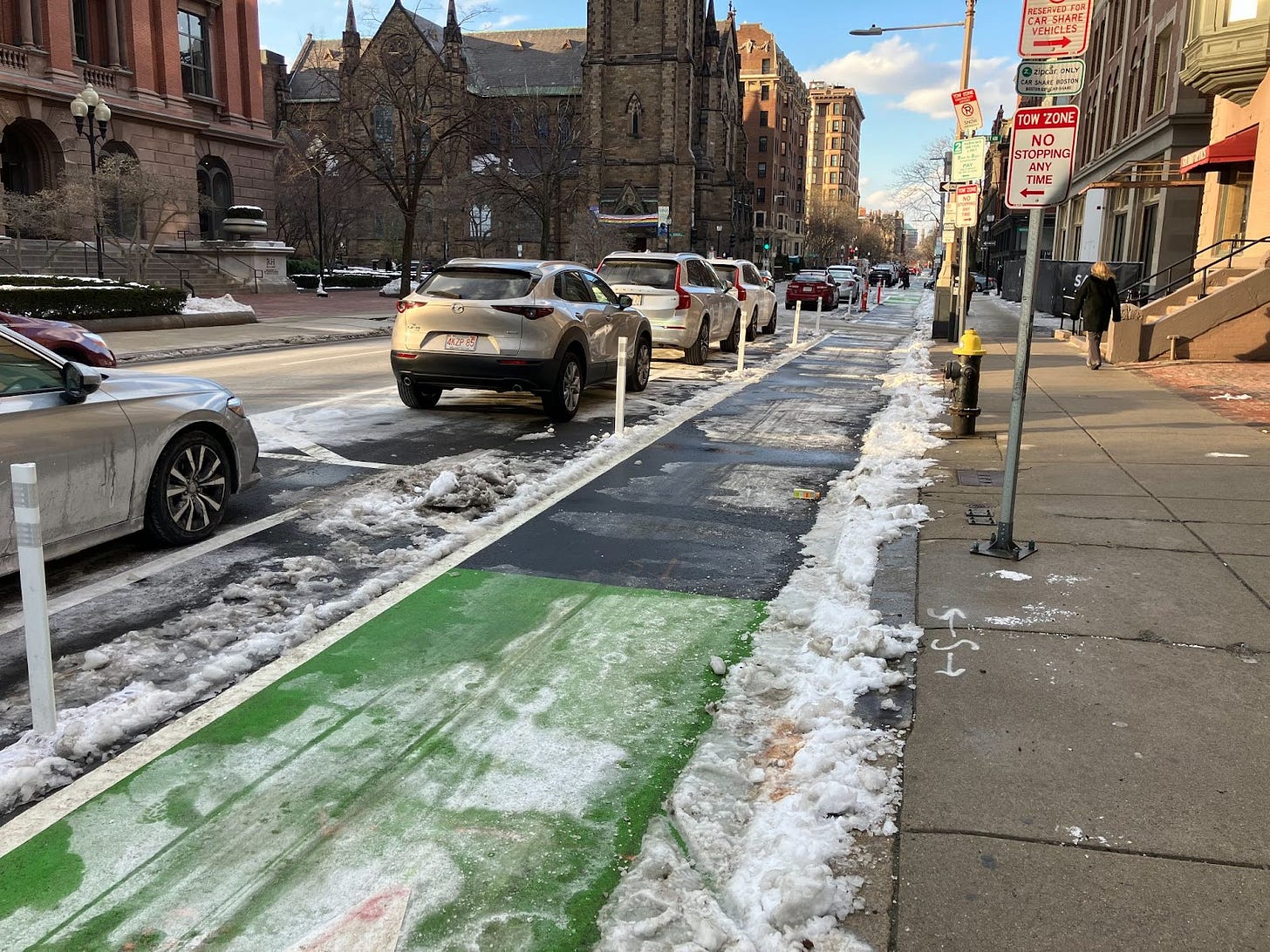
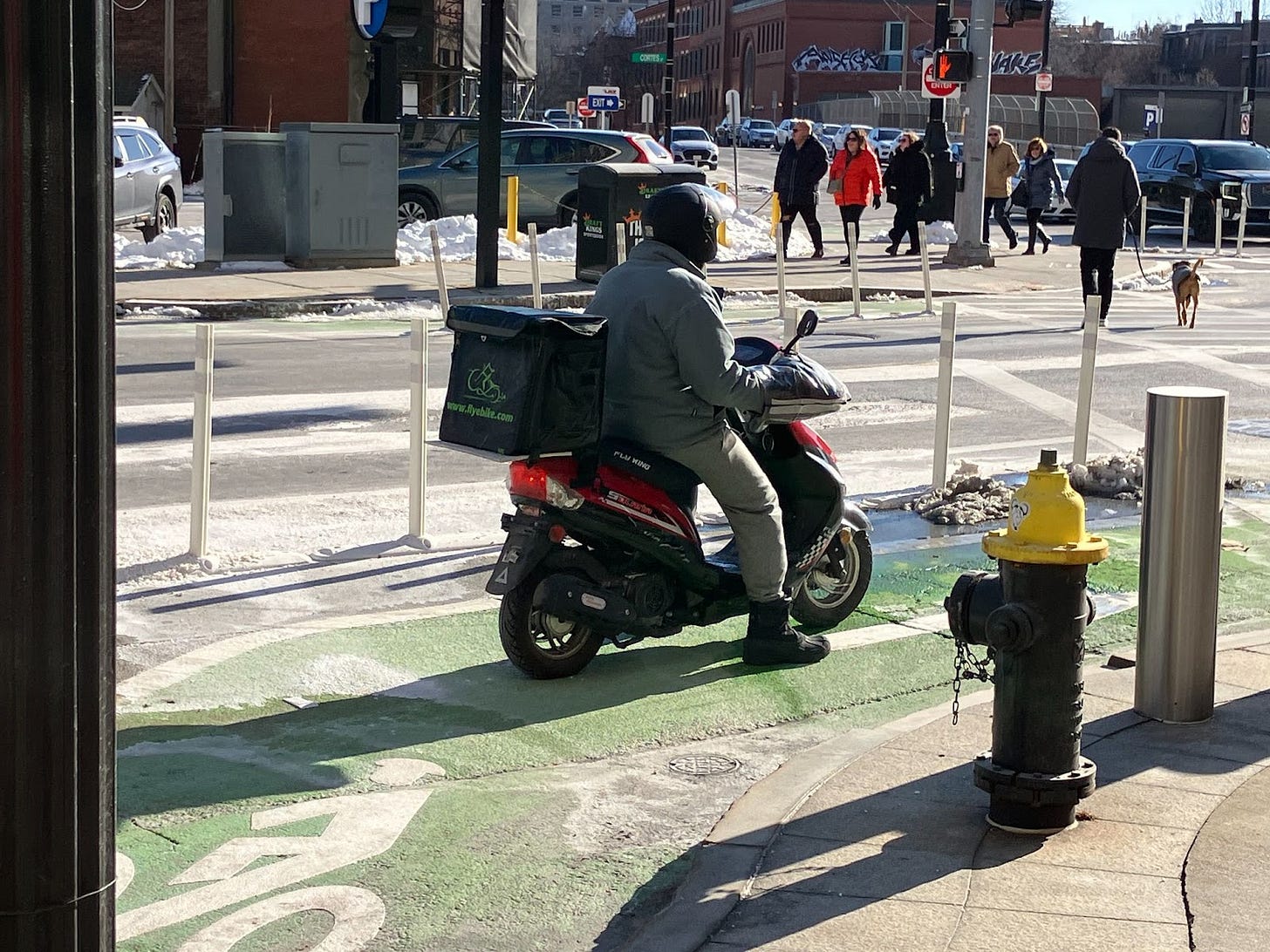
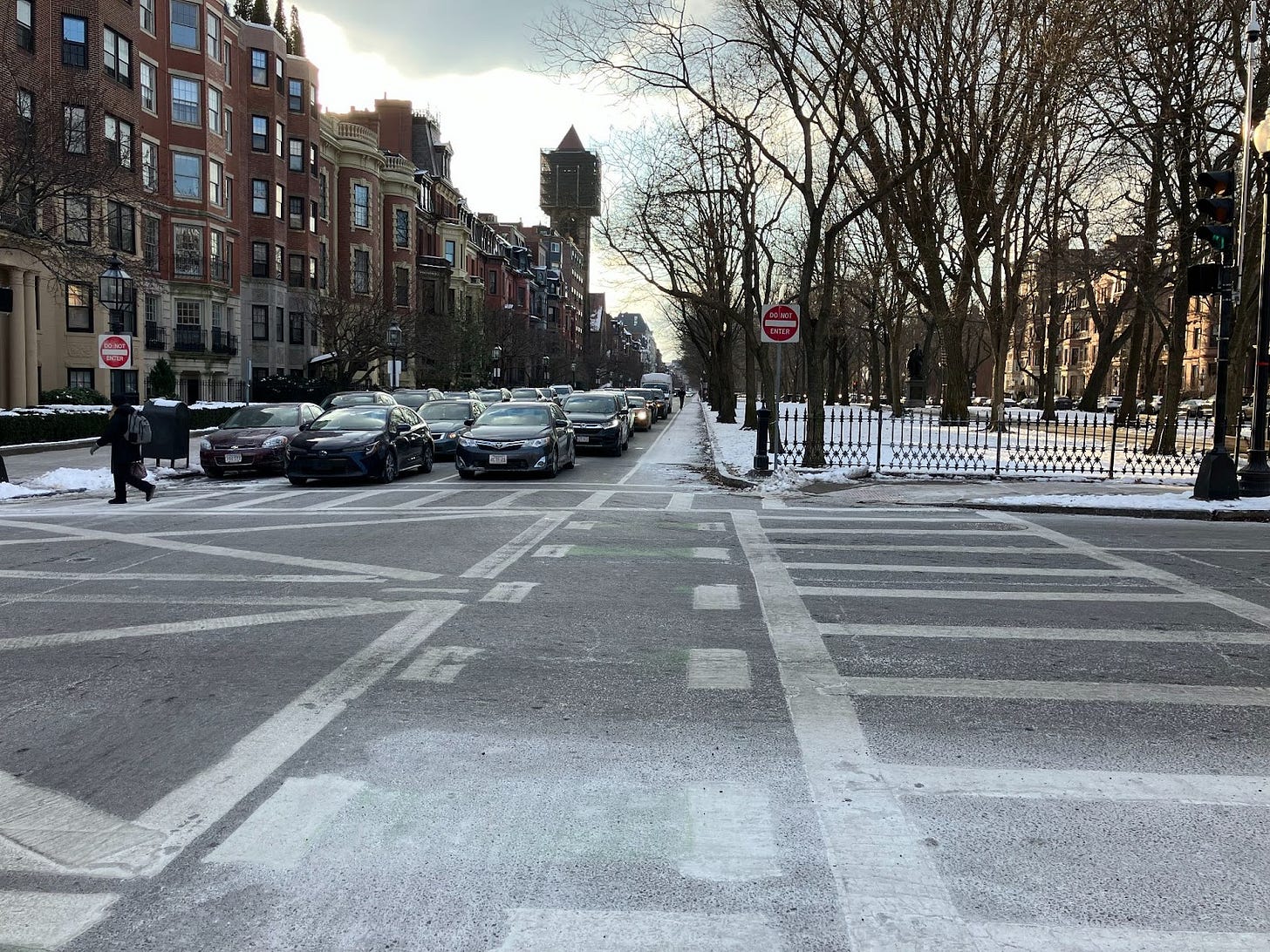
Dumb